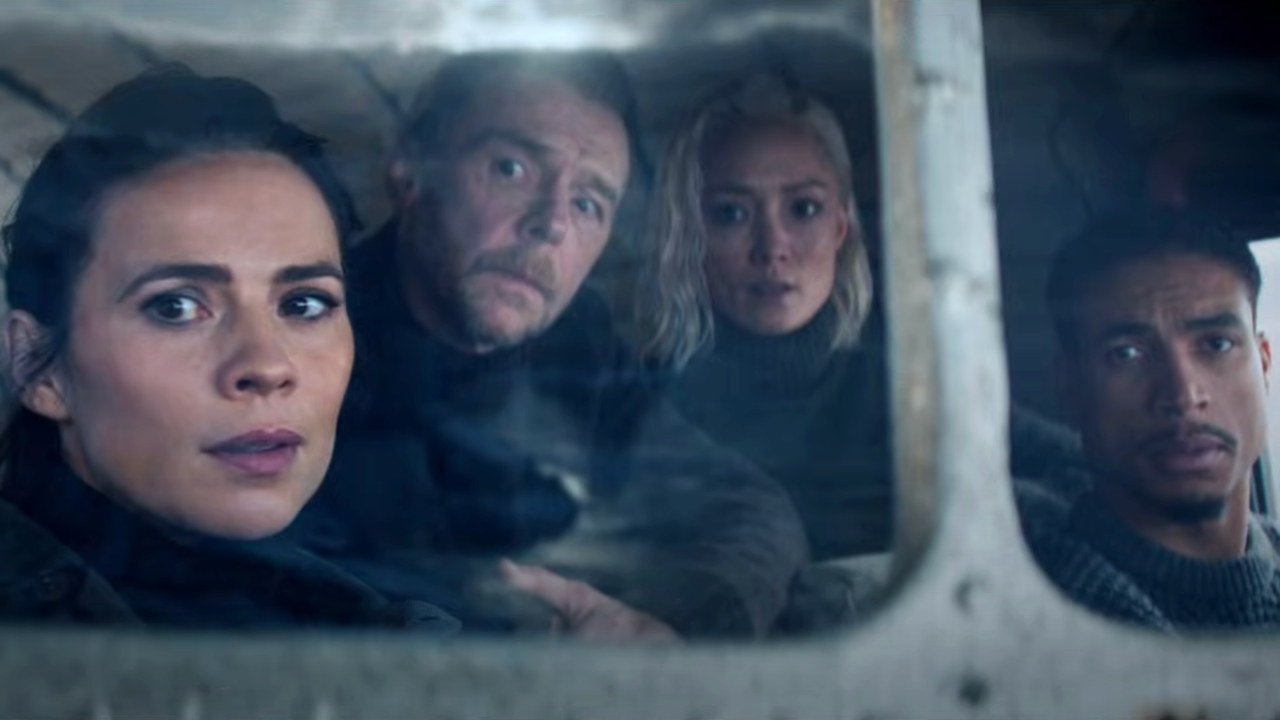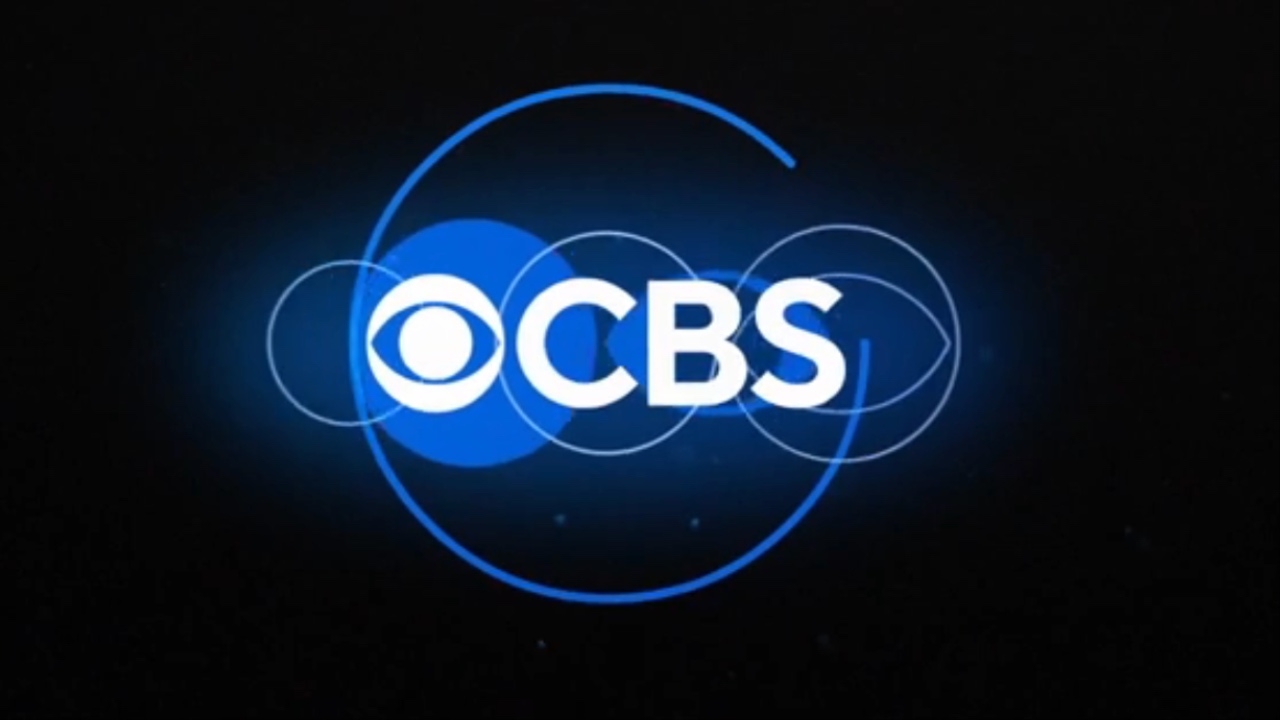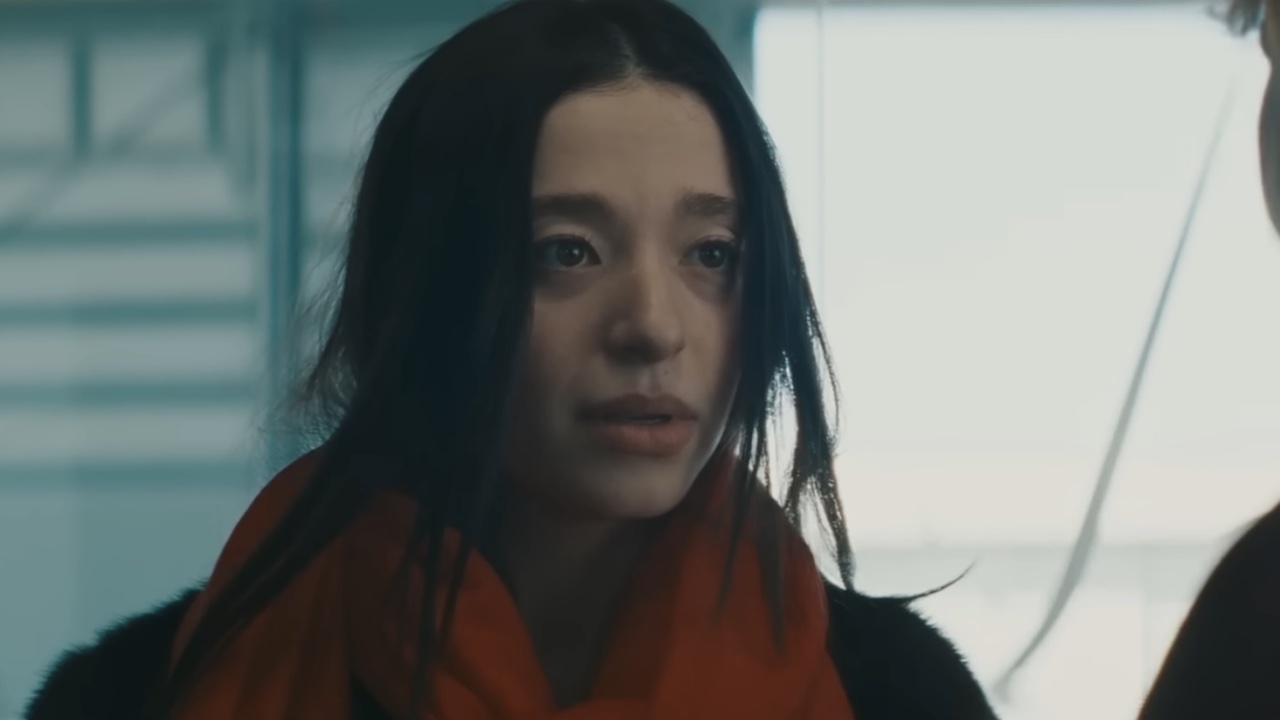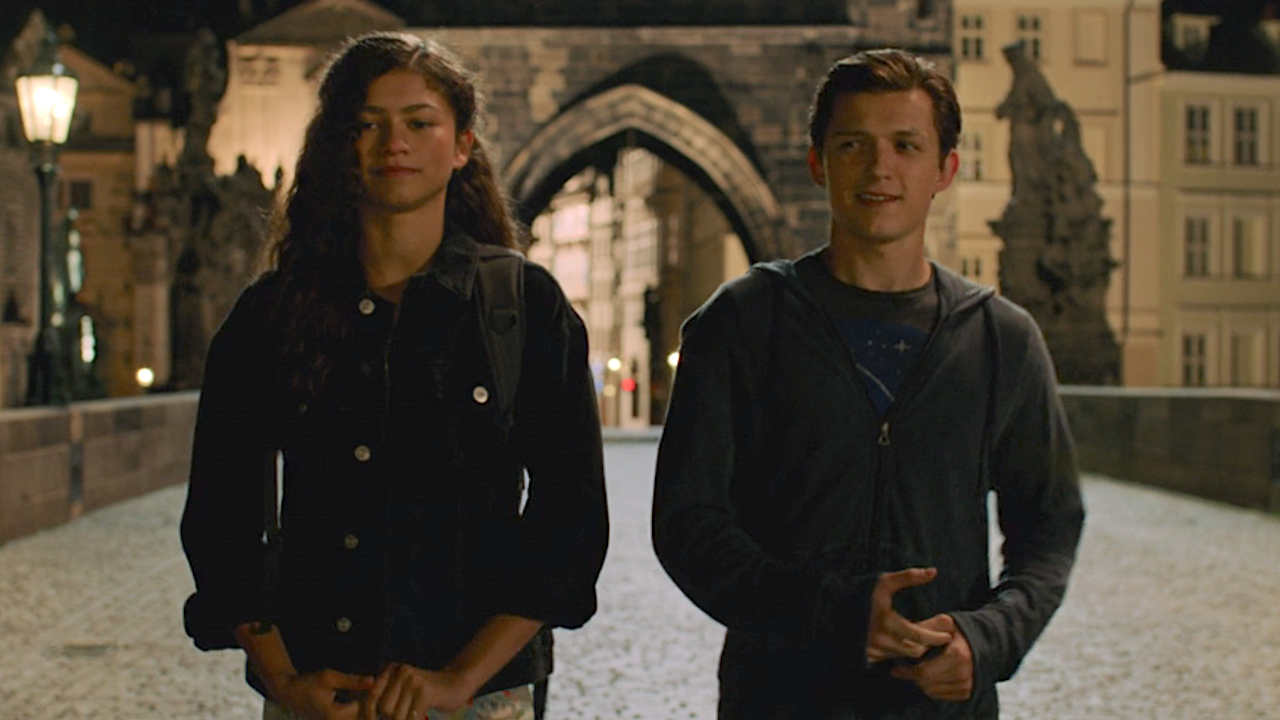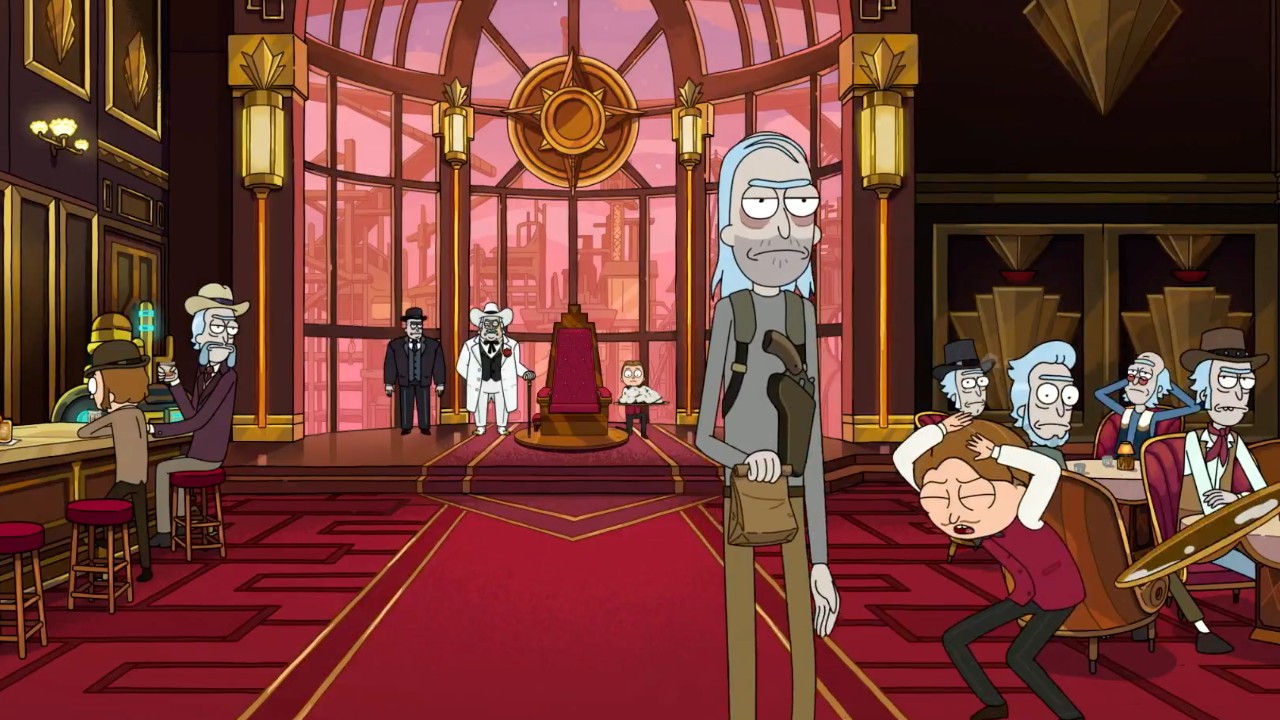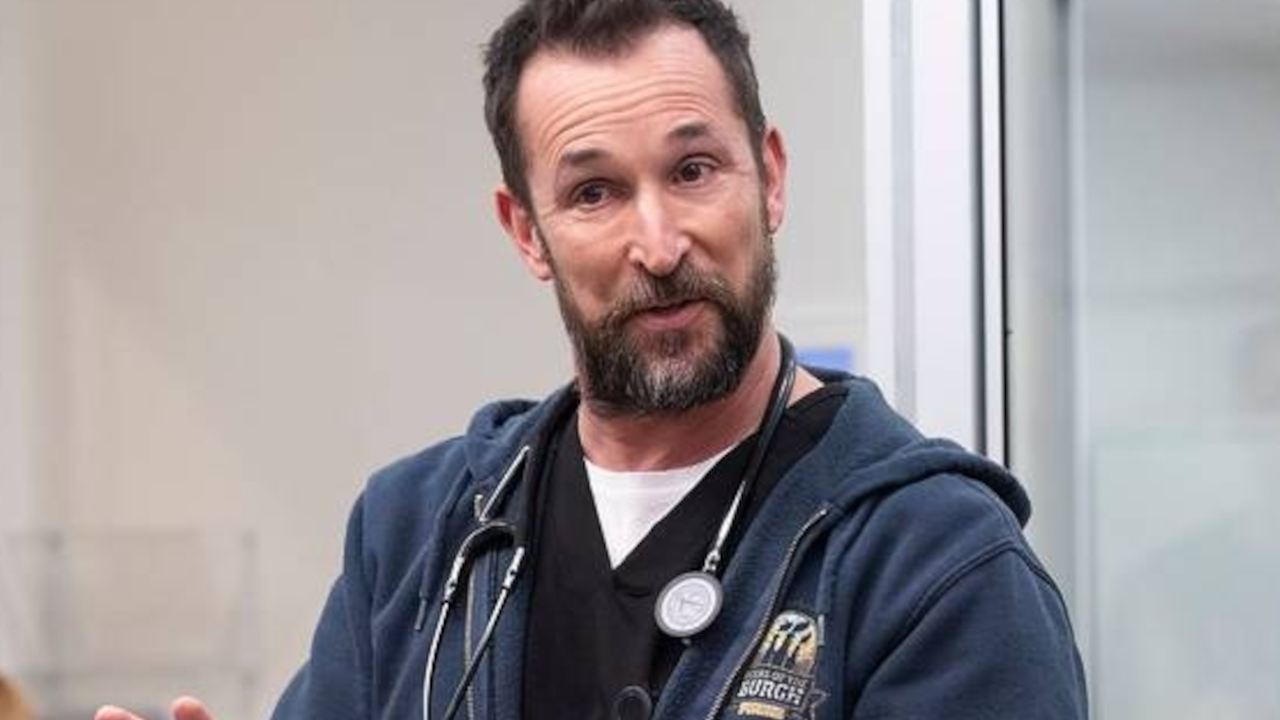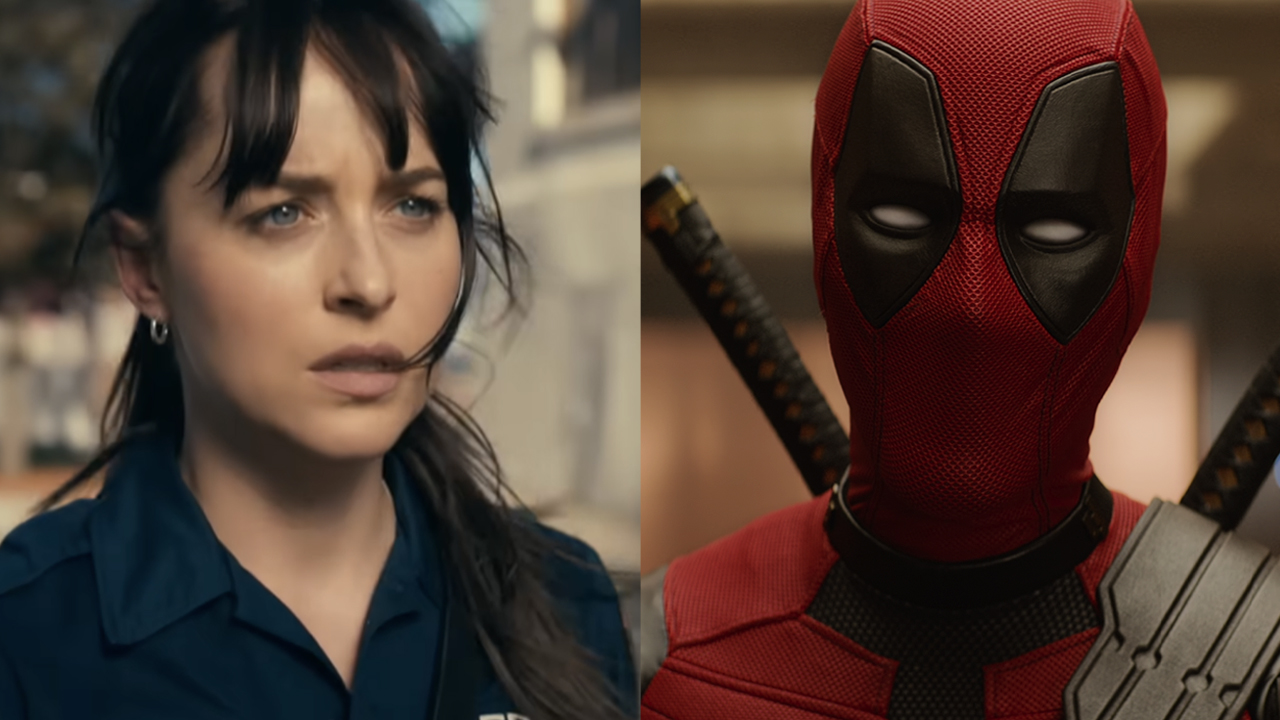E3 2015: The Assembly Offers VR Puzzle Solving
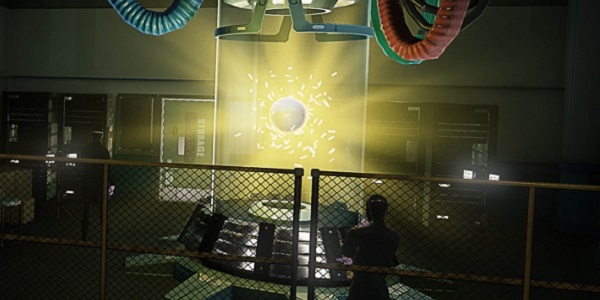
Working in a mysterious facility hidden in the middle of a desert, nDreams' The Assembly asks the player, “Where will you draw the line.” We had a chance to go hands-on with this VR adventure game during E3 2015, as well as chat with Communications Manager George Kelion about what makes it such a unique experience.
I had no idea what to expect from The Assembly when I made my way to the nDreams room on the E3 showroom floor. All I knew is that I was finally getting the opportunity to strap a VR headset to my head again, something I had been looking forward to since my first foray into this new territory a year prior. Luckily, Kelion was on-hand to give me the rundown as I got settled into the Oculus Rift.
“The Assembly is a narrative-led, character-focused adventure game,” he said. “The whole game takes place in first-person. That allows the player to feel more present in the character; hence more dialogue driving the story instead of scrolling text or long exposition.”
As the game began, I found myself in the shoes of one of the two main characters, Madeline, a woman who has been strapped to a gurney and finds herself being wheeled into a high-tech lab built into the side of a mountain. My job here was to sit back and listen, as Kelion warned me that everything the characters say may hold some importance. From the banter of my two captors, for instance, I was able to figure out that they knew who I was for some reason. Not in the, “we read your chart,” kind of way, but in a way that made me feel my character was a well-known figure in certain circles.
During the second bit of gameplay, I found myself in control of the other playable character, Cal, a male scientist who works at the facility.
“He's been working at The Assembly for some time and the stuff that he's been working on has begun to trouble him more and more,” Kelion said. “However, when you first encounter Cal, as a player, you're not necessarily privy to everything he knows. It's revealed to you as you play the game.”
The objective here was simple; Kelion just wanted me to explore the 3D space and investigate a couple of offices. I read over a couple of notes and opened up a locker, where I could physically lean over and investigate its contents. There was a microscope on a table nearby, too, and leaning over to peer into it will trigger a look at the actual slide, too.
CINEMABLEND NEWSLETTER
Your Daily Blend of Entertainment News
So why is this all so interesting? That's a question I've asked myself a number of times and Kelion finally managed to hit the nail on the head.
“We wanted players to be able to physically explore the environments and discover things for themselves,” he said. “The mundane becomes very fascinating in VR.”
My thoughts, exactly. I've said a number of times that the VR game I'm most excited for doesn't involve shooting or driving, but rather exploring a haunted house or walking around a massive island with lots of secret nooks and crannies to uncover. I'll take riding around on dinosaurs, too.
It's at this point, however, that I finally fell victim to the dreaded VR sickness I've heard so much about. To be fair, I was swinging my head around like a rubbernecker in the middle of a natural disaster from the moment I had the Oculus on, and that's probably not the best way to acclimate yourself to a virtual world. The physical interactions, too, take a little getting used to. It's like my brain was trying to determine whether what it was seeing was in the real world or not, and that was giving me a bit of motion sickness.
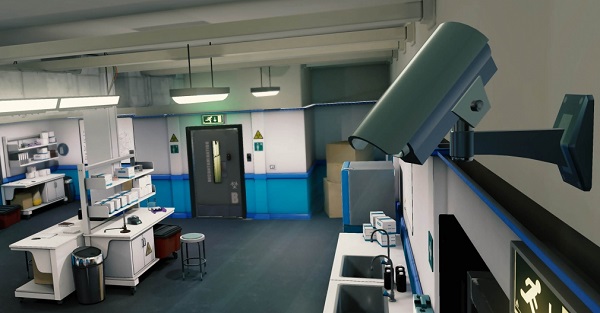
According to Kelion, that's something that the team at nDreams is trying to address.
“When I first started playing the game, I could go maybe 15 minutes before I needed to take a break,” he said. “Now I can go three hours and I feel fine. A lot of developers say, 'Well, you've got to get your VR legs under you first,' but don't believe that. We believe it's the developer's job to make the experience comfortable enough for players that it's not a concern.”
I know it's possible to hit that mark, too. My previous experiences with VR included both War Thunder and EVE: Valkyrie, neither of which left me feeling disoriented. Then again, a number of factors could have been at play here. For the third portion of my demo, I switched places with another journalist who had been playing on the Project Morpheus. Once I settled in for another go, the sweating and rubbery limbs started to fade away a bit. I spoke with the other journo after wrapping our time with The Assembly and they stated that they got motion sickness on the Rift, too.
Kelion said that The Assembly has been in development for about 18 months and the team is hoping to have it ready whenever the Morpheus, Rift and HTC Vive are live. Given the fact that none of that hardware has a release date yet, it sounds like nDreams has some time to nail down the experience before hitting the market. Here's hoping that's the case, as I'm genuinely interested in seeing what other kinds of first-person puzzles they're able to create.
“As the game progresses, you'll find out more about Cal and more about Madeline,” Kelion said. “Towards the end, you'll be faced with some quite troubling moral choices that you need to make.”
On your way to making those choices, Kelion said one of the goals for The Assembly is to serve as a good introduction to VR for newcomers.
“We aim to be a launch title, so we expect this to be a lot of peoples' first VR experience,” he added. “So we want to ease the player in gently.”
Staff Writer for CinemaBlend.
Tom Cruise, Simon Pegg, And Hayley Atwell's Freezing M:I 8 Shoot Looks Honestly Painful, But I Think One Adorable On Set Perk May Have Made It Worthwhile
Even After All These Years Later, Why 2016's The Jungle Book Is Still The Best Disney Live-Action Remake We've Ever Gotten
Netflix Gets A Bad Rap For Cancelling Shows After One Season, But CBS Just Dropped The Axe On Two Freshman Series

